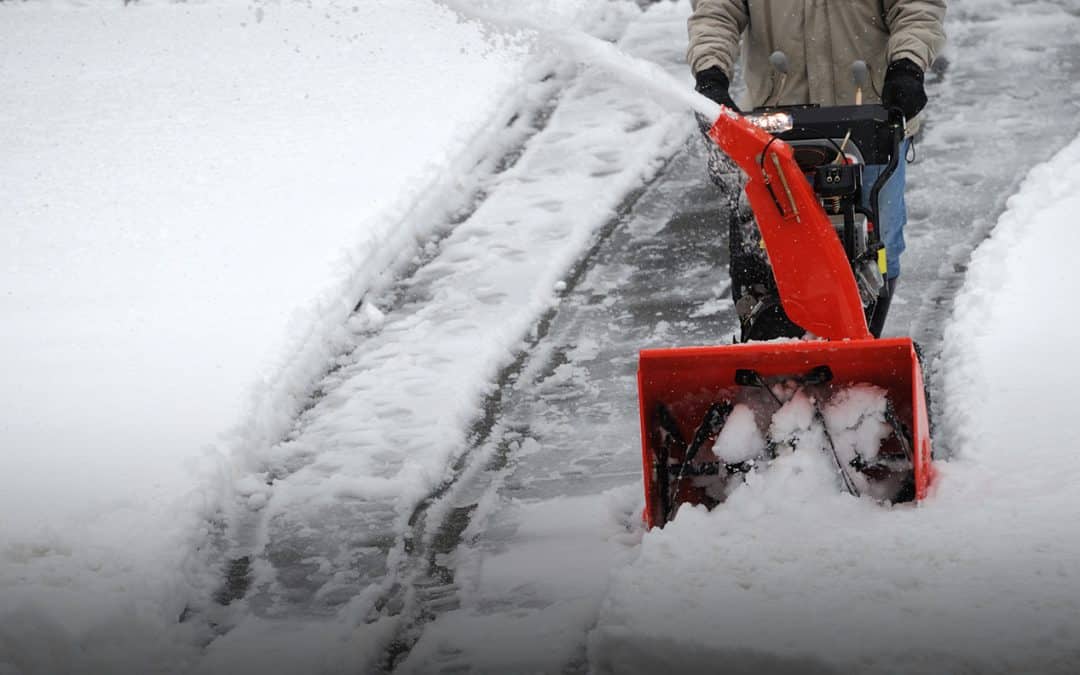For many teen drivers, the summer is an exciting time with new freedoms and responsibilities. Unfortunately, the risks for young drivers increase significantly between Memorial Day and Labor Day as they spend more time behind the wheel. This period has come to be referred to as the “100 deadliest days of summer.” According to our partners at MassDOT, in 2023, there were 21,736 crashes involving a driver aged 16 to 20 in Massachusetts alone. To keep teens and younger drivers safe during this time, we’ve collaborated with our partners at the MassDOT Highway Assistance Program, looking into why these 100 days are so dangerous and what parents and teens can do to stay safe.
Why are the 100 days of summer so deadly?
To say it simply: school’s out! With that, teens have more free time during the summer, which often translates to more hours spent driving. Unfortunately, unstructured driving time can lead to distractions and risky behaviors.
Distractions of many kinds are a huge source of these driving dangers. According to Pew Research, 48% of driving-aged teens have been passengers in a car with a driver who used a cell phone in a risky way, and 26% say they have texted while driving. Talking to passengers and interacting with smartphones are common distractions, but other distractions include playing with the radio and sleepiness. While they may see it as an annoyance, teens must be reminded to stay focused and minimize distractions while driving.
Not buckling up is also a major cause of fatalities among teens and young drivers. In fact, according to the CDC, 56% of teen drivers and passengers who were killed in car crashes in 2020 were not wearing a seat belt at the time of the crash. Wearing a seatbelt is one of the most effective ways to reduce the risk of injury or fatality in the event of a car accident. It doesn’t matter if others in the car think it’s cool or not; a seatbelt could save your life.
Another major cause of teen accidents and fatalities is speeding. Young drivers are far more likely than more experienced drivers to speed and drive too close to the car in front of them, allowing ineffective braking time.
What can parents do to help?
One of the most important things parents can do to educate young drivers is to be a good role model and lead by example. Always obey traffic laws, wear your seatbelt, and avoid distractions while driving. Some minor distractions for an experienced driver can be major distractions for a young driver. As an example, using a hands-free device or a speakerphone function with your cell phone may be acceptable for an experienced driver, but this may be too distracting for a young and inexperienced driver.
A great way to educate a young driver is by having them enroll in a comprehensive driver education course. This will help to reinforce their knowledge of safe driving practices. While a young driver is learning, it’s also critical to frequently go out for practice driving sessions with your teen. This will help to reinforce those positive driving behaviors among young drivers. Coaching a young driver can be stressful, but it is critical to stay cool. Remember to:
- Share your driving wisdom without sounding “preachy.”
- Practice driving in different weather conditions and times of day (weather, lighting, road type).
- Take shorter drives of no more than 30 minutes.
- Get the young driver familiar with different roads and conditions by varying driving routes.
- Always talk about the driving session afterward. Ask them what went well and what could be improved. It’s important to keep an honest dialogue going as they learn.
MAPFRE also offers several resources to our customers to take advantage of to help promote safer driving among teens and young drivers:
- teenSMART® provides an interactive computer-based training experience with in-car exercises to educate your teen about safe driving habits, which can help reduce the risk of accidents.
- InControl crash prevention training provides teens and young drivers with hands-on driving training and classroom instruction on topics like emergency braking skills, advanced steering skills, close-quarter maneuverability, and speed control. MAPFRE customers save $50 on the course.
- For new customers, MotionSmartSM collects and analyzes driving data and displays an overall driving score assessed by combining hard braking, hard acceleration, hard cornering, speeding, and phone use. You can potentially lower your premiums through safe driving!
The 100 Deadliest Days of Summer pose a significant risk for teen drivers. We can all help protect young drivers by promoting safe driving behaviors and staying vigilant. Remember: buckle up, stay focused, and drive responsibly!
If you have a teen approaching driving age and need help reviewing your auto insurance policy, an independent agent in your state can always check to ensure you have the right coverage suited to your individualized needs. If you’re not yet insured with MAPFRE and live in Massachusetts, you can always get a fast, free quote today on your Massachusetts car insurance policy.



